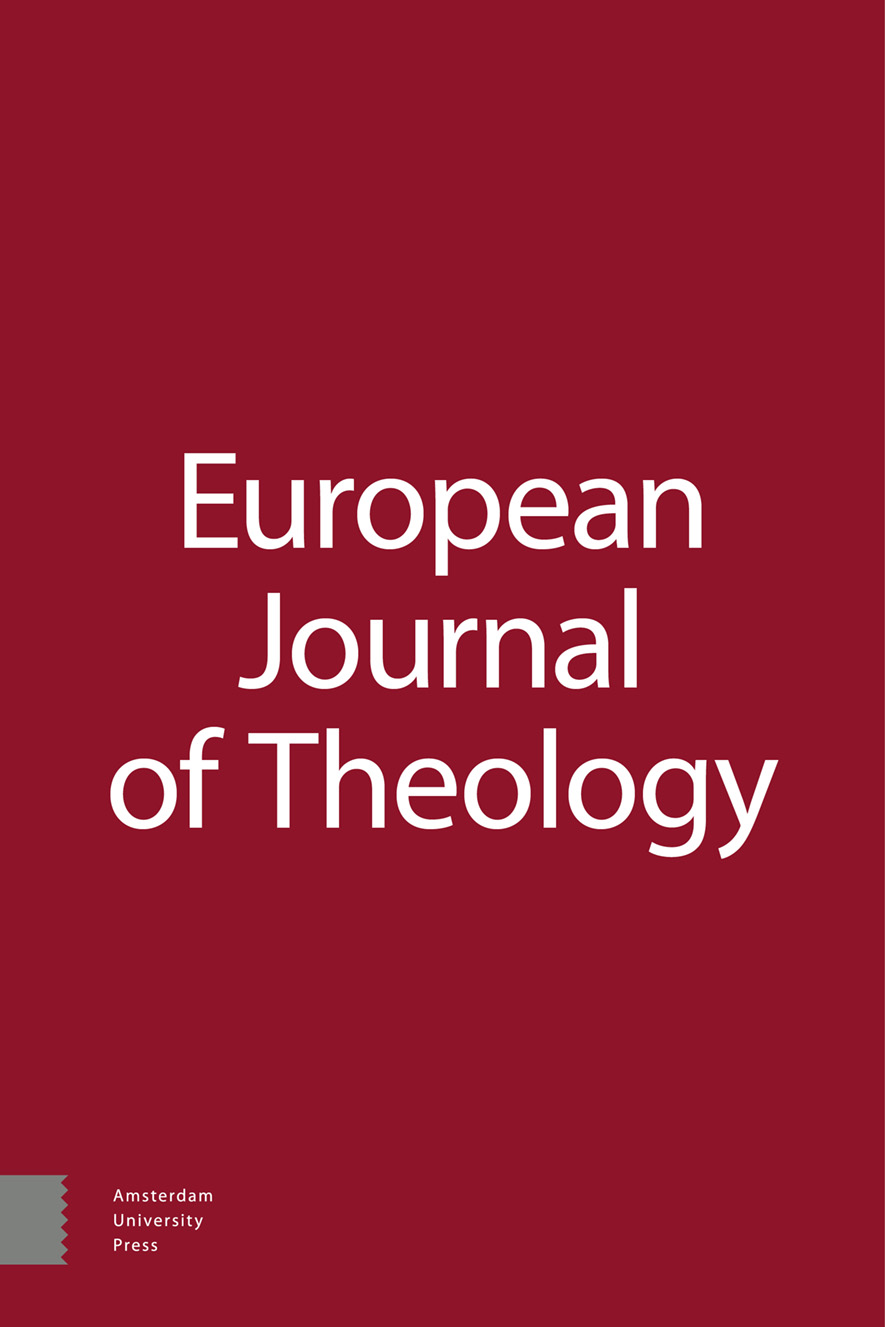
Full text loading...
We use cookies to track usage and preferences.I Understand
This article examines the many occurrences of dying and death in the Acts of the Apostles. While Acts often refers to the death and resurrection of Jesus, it also speaks of the resurrection of the dead in general, of death as a form of divine judgement, of the prospect of death and the actual deaths of persons who believe in Christ, and other forms and instances of natural and violent dying and death. While there are instances of death and references to it in many chapters, the emphasis in Acts lies on different divine and human ways of being saved from death or its threat, and on the resurrection of the dead. Fully acknowledging the reality and tragedy of death, Acts nonetheless proclaims a message of life and salvation.

Article metrics loading...

Full text loading...
References


